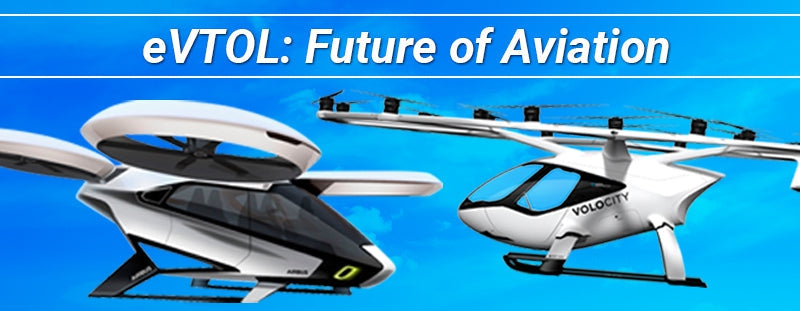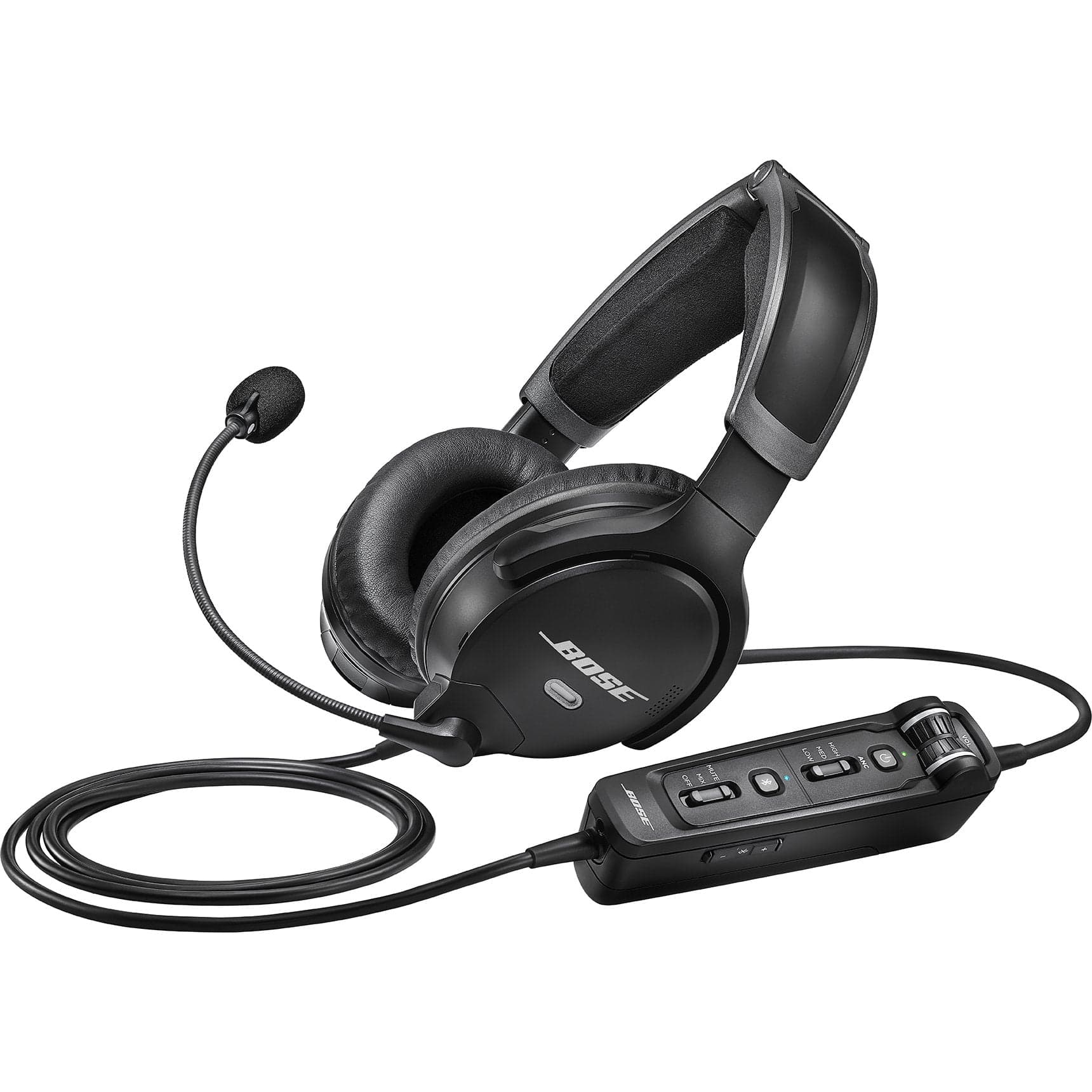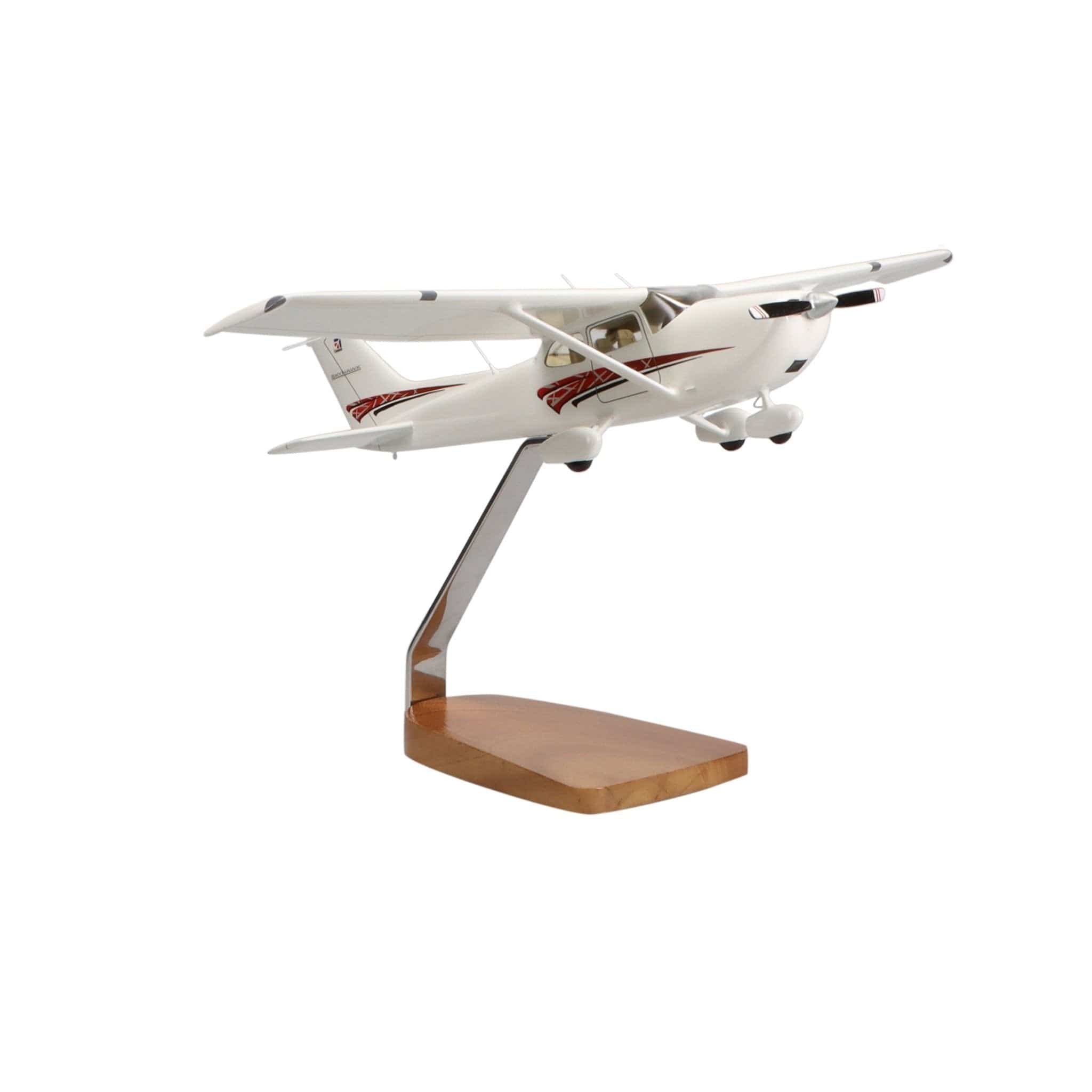Imagine personal hover cars and other small flying transports navigating the skies just above major cities. It may sound like the backdrop for a science fiction movie or an episode of Star Trek, but as new aircraft designs and technology continue to evolve, we are moving ever closer to that reality.
The fledgling Urban Air Mobility sector is advocating for the use of specialized low-altitude aircraft to move passengers and cargo across the skies over densely populated areas. This means everything from flying taxis to expanded drone parcel delivery service and even emergency medical response.
Interest in this sector has grown substantially in recent years and is continuing to expand as we all dream of a world with the option to use an autonomous air taxi to fly us smoothly over the backlog of rush hour ground traffic below while generating a smaller carbon footprint. When that dream becomes a reality, it will be thanks to eVTOL technology.
 What does eVTOL Stand for?
What does eVTOL Stand for?
The acronym eVTOL stands for Electric Vertical Take-off and Landing. Many pilots are already familiar with VTOL (vertical takeoff and landing) aircrafts, and the flight characteristics of eVTOL aircraft are similar.
Both VTOL and eVTOL are designed to hover, take-off, and land vertically without the need for a runway. The difference is that eVTOL craft do so using electrical propulsion much like a scaled-up version of a drone.
How does eVTOL Work?
eVTOL aircraft are powered by distributed electric propulsion (DEP). Today’s prototype models typically use multiple advanced lithium-ion batteries to support short-distance flights of 50-200 miles. Battery modules are distributed into packs which run in parallel to power eVTOL.
Fast charging technology will also come into play to get aircraft back in the air quickly after each flight. For example, Lilium, one of the industry leaders, is targeting a battery system that can recharge to 80 percent in just 15 minutes and 100 percent in 30 minutes.
eVTOL craft have unique flying characteristics since they take off in helicopter mode, transition into airplane mode for flight, and then land in helicopter mode again. This allows eVTOL craft to take off and land in smaller spaces without runways.
How Large is the eVTOL Market?
Fortune Business Insights estimates that the global eVTOL market was $1.11 billion in 2020 and $5.41 billion in 2021. It is projected to grow to $23.21 billion by 2028, with investors eager to get in on the ground floor of the burgeoning new technology.
What Companies are Designing eVTOL Aircraft?
The list of eVTOL companies includes dedicated eVTOL-focused businesses plus backing from some of the most well-established names in aviation and transportation.
In December 2021, Reuters reported that Boeing, Embraer, Airbus, United Airlines, Toyota Motor Corporation, and Stellantis were all investing funds into eVTOL development.
Many of these larger corporations are participating in the fledgling industry by financially backing the top eVTOL developers listed below.
 1. Vertical Aerospace
1. Vertical Aerospace
The UK-based company Vertical Aerospace launched its VX4 eVTOL craft in 2020 and has already secured more than 1,350 pre-orders. Backers include American Airlines and Honeywell International. The Vertical Aerospace VX4 has a maximum speed of 202 mph and can carry 4 passengers plus the pilot.
 2. Joby Aviation
2. Joby Aviation
Joby Aviation, a California developer, has brought to life their first electric vertical takeoff aircraft, the S4. It is currently in the Federal Aviation Administration (FAA) certification process and has already become the first electric vertical take-off and landing craft to receive airworthiness certification from the U.S. Air Force.
The performance is rumored to be similar to the Vertical Aerospace VX4 with a top speed of around 200 mph and the capacity for 4 passengers in addition to the pilot. Joby has solid financial backing from Toyota and was the first large eVTOL developer to become a publicly traded company.
 3. Archer Aviation
3. Archer Aviation
Another California-based developer, Archer is currently conducting hover tests on its Maker eVTOL craft. The Archer craft has 12 motors vs Joby’s 6 electric motors, and top speeds for the Archer Maker clock in at 150 mph compared to Joby’s 200 mph.
Archer’s list of notable financial backers includes United Airlines and Stellantis NV. Like Joby, Archer has also become a publicly traded eVTOL company.
 4. Beta
4. Beta
Burlington, Vermont’s Beta Technologies is hard at work conducting manned test flights of their prototype Alia eVTOL craft which is said to have a range of 250 miles.
Big name investors like Fidelity Management and Amazon’s Climate Change Fund are providing financial backing for Beta which already holds pending aircraft orders from Blade (a medical mobility and organ transport company), UPS, and the U.S. Air Force.
Know someone who is looking for a creative way to cover the costs of flight training? Free flight training is one of the major perks currently offered to all Beta employees regardless of their position within the company.
 5. Lilium
5. Lilium
Lilium is a German eVTOL developer is focusing on larger passenger designs with its seven-seat Lilium jet. The eVTOL jet is expected to be capable of a 175-mph cruising speed and a max range of 155 miles.
Lilium even has plans to scale up to a 16-seat regional eVTOL transport jet, though critics have expressed concern about the high-power requirements needed for the hovering portions of flight in such an aircraft.
 6. Airbus
6. Airbus
While many eVTOL designers are setting ambitious targets for passenger capacity, range, and cruise speed, Airbus has been much more conservative with its CityAirbus NextGen design.
The NextGen seats just three passengers, has a range of 50 miles, and a cruise speed of 75 mph. The goal here is for simplicity of design and efficiency of operation.
Types of eVTOL Aircraft Designs
Current eVTOL aircraft designs fall into three categories based on their methods of lift and thrust.
Tilt-Thrust
The most popular eVTOL design is the lift-thrust which uses position-changing propellers to get the aircraft into the air. Once there, fixed wings provide lift.
Lift and Cruise
Some eVTOL craft use propellers to provide lift (much like a helicopter) and a fixed motor for forward propulsion.
Multirotor
The multirotor eVTOL design uses multiple fixed rotors to generate both upward lift and forward thrust. The thrust is created by tilting the craft forward.
eVTOL Aircraft Capabilities
While eVTOLs hold promise for improving transportation, they are not likely to replace airplanes and helicopters in the near future. These electric vertical takeoff and landing machines are most suitable for shorter trips, rather than long-distance missions or deliveries.
They do, however, offer a potential solution for reducing local congestion caused by traditional forms of transportation, such as buses or taxis.
Best eVTOL Aircraft
More than two hundred companies are racing to develop their versions of electronic VTOL aircraft, but some are further along than others. The Archer Maker, the Beta Alia, and the Joby S4 are expected to be the first aircraft to achieve FAA type certification.
Are eVTOL Aircraft Safe?
Safety is one of the primary concerns with powered lift electronic vertical take off and landing aircraft. Prior to receiving final certification, designs will go through intense scrutiny plus an unmanned and manned multi-year testing program to make these aircraft safer before allowing them to offer passenger services to the general public.
eVTOL Regulations
The FAA has been working on how to address the “new and complex safety challenges” these power lift aircraft present. In early May 2022 the agency announced it will certify eVTOLs as powered-lift aircraft rather than light aircraft as it originally had indicated.
Even with the shift in category, Archer, Beta, and Joby are still on track to be granted type certification of their new eVTOL designs by summer 2024.
Stay up to date on all the latest exciting eVTOL news and developments at evtol.com.

-
Are eVTOLs being used yet?
While eVTOLs are currently not approved by the Federal Aviation Administration for commercial use, in the year 2024 we will start to see eVTOLs go into testing to receive 2025 certification. They are currently available for personal use.
-
When will the general public be able to fly one?
Right now, this option is currently being pursued in the US, but it's already a reality in Italy with Jetson ONE. Their ultralight eVTOL has successfully flown for commutes. Jetson recently shared that they have received two important flight permits from the Aero Club d'Italia (AeCI) and the Italian Civil Aviation Authority (ENAC).
United Airlines purchased 100 eVTOL Aircraft with the intention of creating electric aircraft for air taxis to use within the urban areas of New York city.
We can look forward to future eVTOL aircraft being available for public use.
-
How far can an eVTOL go?
It varies depending on the manufacturer. Since eVTOLs use an electric motor, they are expected to possibly travel up to 60 miles, while some make claims to offer up to 110 miles. Hybrid electric VTOLs claim to fly as far as 750 miles.
-
How fast can an eVTOL fly?
This depends on the manufacturer. Joby Aviation's eVTOL can fly at speeds of up to 200 MPH.
-
How much will eVTOL cost?
Pivotal Helix eVTOL is $190,000 and the first orders will go out June 2024.
Want to learn about different aircraft?
Now that you've learned about electric aircraft, why not check out fuel engine aircrafts? Our guides provide everything you need to know.
Did you find this article helpful?
Do you think we missed anything important? Let us know in the comments below!







